Cancer is becoming forever prevalent in our ageing society. But children develop cancer too. In Essen patients can receive targeted treatment with beams of protons. A visit to the West German Proton Therapy Center.
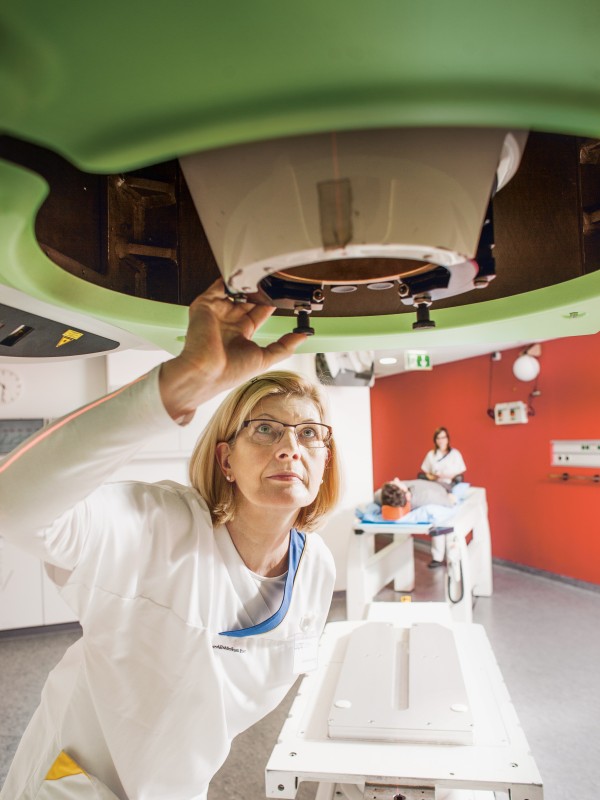
The utmost precision
A radiology assistant checks the radiation equipment.
The girl lies on the treatment couch, small feet peeping out of sandals with black straps at one end and long blond hair tied in a pony tail at the other. Helen (name changed) has painted her toe nails red. Behind her is the shiny white plastic cladding of the proton device. Helen's face is covered by a mask and her head is immobilised. She gives a thumbs up just like astronauts prior to lift off. Helen is ready.
The eight-year-old has a brain tumour that threatens to take away her sight. Something that is not all too rare for children developing cancer at this age. An operation would be too dangerous, radiotherapy too - as X-rays could damage healthy and as yet undeveloped brain tissue. That's why everyone has such big hopes of this vault-shaped room, known as a "gantry" in medical terms, which reminds an average person of the Star Trek transporter room.
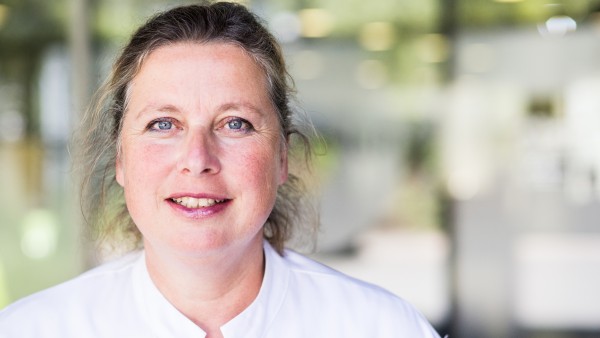
Driving research forward
Prof. Beate Timmermann, Medical Director at the WPE in Essen.
In summer 2013 Helen was one of the first patients to undergo treatment at the Westdeutsche Protonentherapiezentrum Essen (West German Proton Therapy Centre Essen, WPE), one of the few facilities of its kind in the world. WPE Medical Director Professor Beate Timmermann shows us a photo of Helen in the gantry and explains the steps involved in the treatment: As soon as the doctors have left the room, the gantry is started up and revolves around the couch on which Helen is lying. With the aid of built-in magnets, the proton beam is switched on and travelling at a speed of 180,000 kilometres per second attacks the cancer in Helen's brain.
To destroy cancer cells, the WPE uses an innovative radiation method with positively charged particles, known as protons, which together with neutrons make up 99% of the mass of the visible universe. A banking consortium led by KfW IPEX-Bank financed the WPE, which is linked to the Essen University Hospital, and by doing so promoted this gentle treatment method. By the end of 2017 the centre had already treated 1,000 patients averaging just under 16 years of age - around half of those treated at the centre are children and young people under 18.
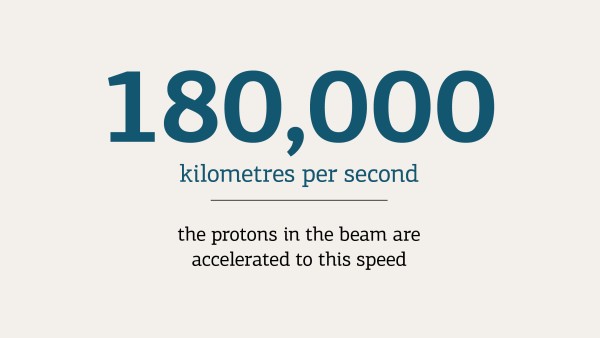
"Children have a special place here", says Beate Timmermann. They are the ones who can benefit the most from proton therapy. "In contrast to X-rays, proton therapy is safer for children because it can be targeted precisely at the cancer", explains the Professor for radiation therapy at the Essen University Hospital. It considerably reduces the risk of a secondary tumour developing as a long-term consequence of the radiation treatment. "It is an excellent way of removing a tumour that cannot be removed by surgical means."
Helen's eyesight improved after five and a half weeks of proton therapy. However, the doctors won't know for several years whether Helen has been completely cured of cancer. "She did really well. Our younger patients receive a general anaesthetic. This is because children don't at all understand until the age of five that they are not allowed to move during the treatment", says Timmermann.
To ensure that the proton beam hits its target with an accuracy of less than one millimetre, it is not only necessary to bring the patient carefully into position, but also to use extremely heavy and precise equipment: each of the four gantries that were gradually put into operation here weigh 110 tonnes. The cyclotron installed in the basement weighs some 100 tonnes. The cyclotron has the task of accelerating the protons created from hydrogen gas atoms to 60% of the speed of light. This is necessary to enable the minute particles that weigh in at 24 digits after the decimal point to penetrate deeply into tissue. A team of doctors, physicists and technicians calculate the route of the proton beam in such a way that it penetrates right through healthy tissue and releases most of its energy directly in the tumour itself. The electrons that are separated in the process act like poison on the cancer cells.
The WPE is equipped with state-of-the-art technology to enable its doctors to localise the tumour with the greatest precision: The site of the tumour is reviewed before each session using X-ray machines, computer tomography scans and magnetic resonance tomography scans. Although the actual proton therapy session lasts only around two minutes, preparations for it can take an hour.
Source

This article appeared in CHANCEN magazine spring/summer 2014 focusing on the topic of "age". It was updated in April 2018 for KfW Stories.
To German editionEssen does not only attract patients from Germany. The WPE also receives international enquiries, including from Argentina, China, the UK, Spain, Russia or Ukraine. In this four treatment rooms the WPE team would also like to treat tumours in moving tissue such as lungs using an active scanning method that can be compared with the most delicate stroke of an artist's brush. The other method, the more widespread diffusion sheet method, on the other hand, is great for treating eye tumours. This technique guarantees the greatest of accuracy but can also take a long time. The other more widely used scattering technology is superbly suited to treating eye tumours. The proton beams are shot directly at the tumour between two blinks. The WPE is the largest of its kind in Europe and not only offers different forms of proton treatment but also combines research with practice.
"We want to promote the scientific evaluation and further development of proton therapy", says Timmermann. Indeed, several health insurance companies already cover the costs of proton treatment for some cancers, but there is still a lot of work to be done.
The described project contributes to the following United Nationsʼ Sustainable Development Goals
Goal 3: Ensure healthy lives and promote well-being for all at all ages
Health is the goal, prerequisite and result of sustainable development. Supporting health is a humanitarian requirement – both in developed and developing countries. Around 39 per cent of the worldʼs population lives without health insurance. In poor countries, this amount even exceeds 90 per cent. Many people still die from diseases that are not necessarily fatal with the right treatment, or that could easily be prevented with vaccinations. Strengthening health systems, particularly by making vaccines widely available, can make it possible for us to drive these diseases back and even eradicate them by 2030.

All United Nations member states adopted the 2030 Agenda in 2015. At its heart is a list of 17 goals for sustainable development, known as the Sustainable Development Goals (SDGs). Our world should become a place where people are able to live in peace with each other in ways that are ecologically compatible, socially just, and economically effective.
Published on KfW Stories: 22 May 2017, updated 10 April 2018.

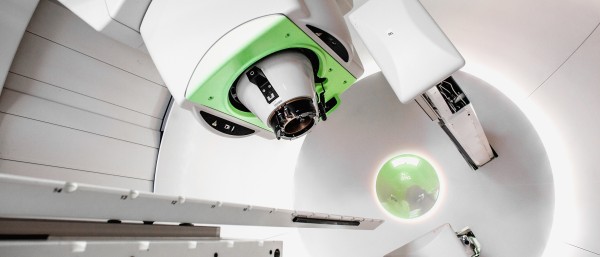

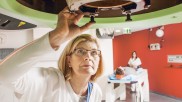


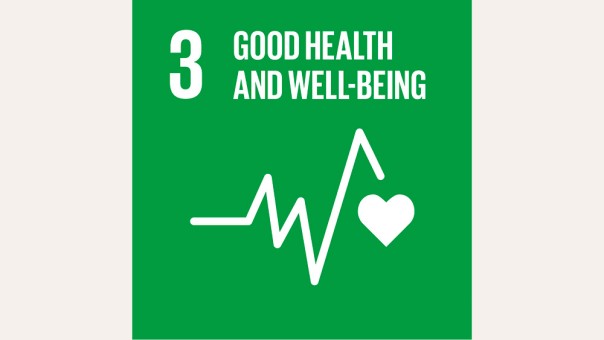


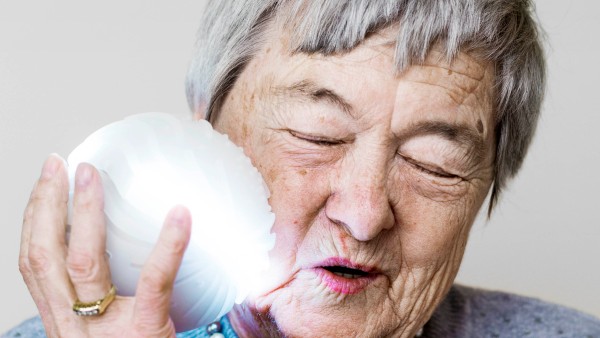

Data protection principles
If you click on one of the following icons, your data will be sent to the corresponding social network.
Privacy information